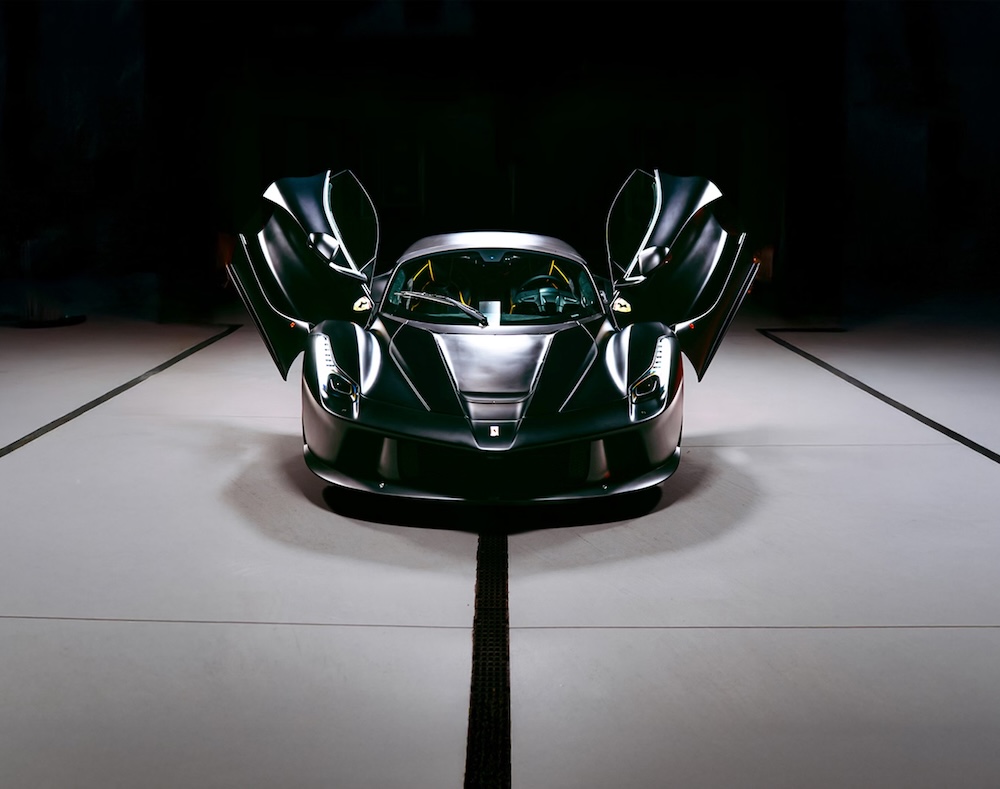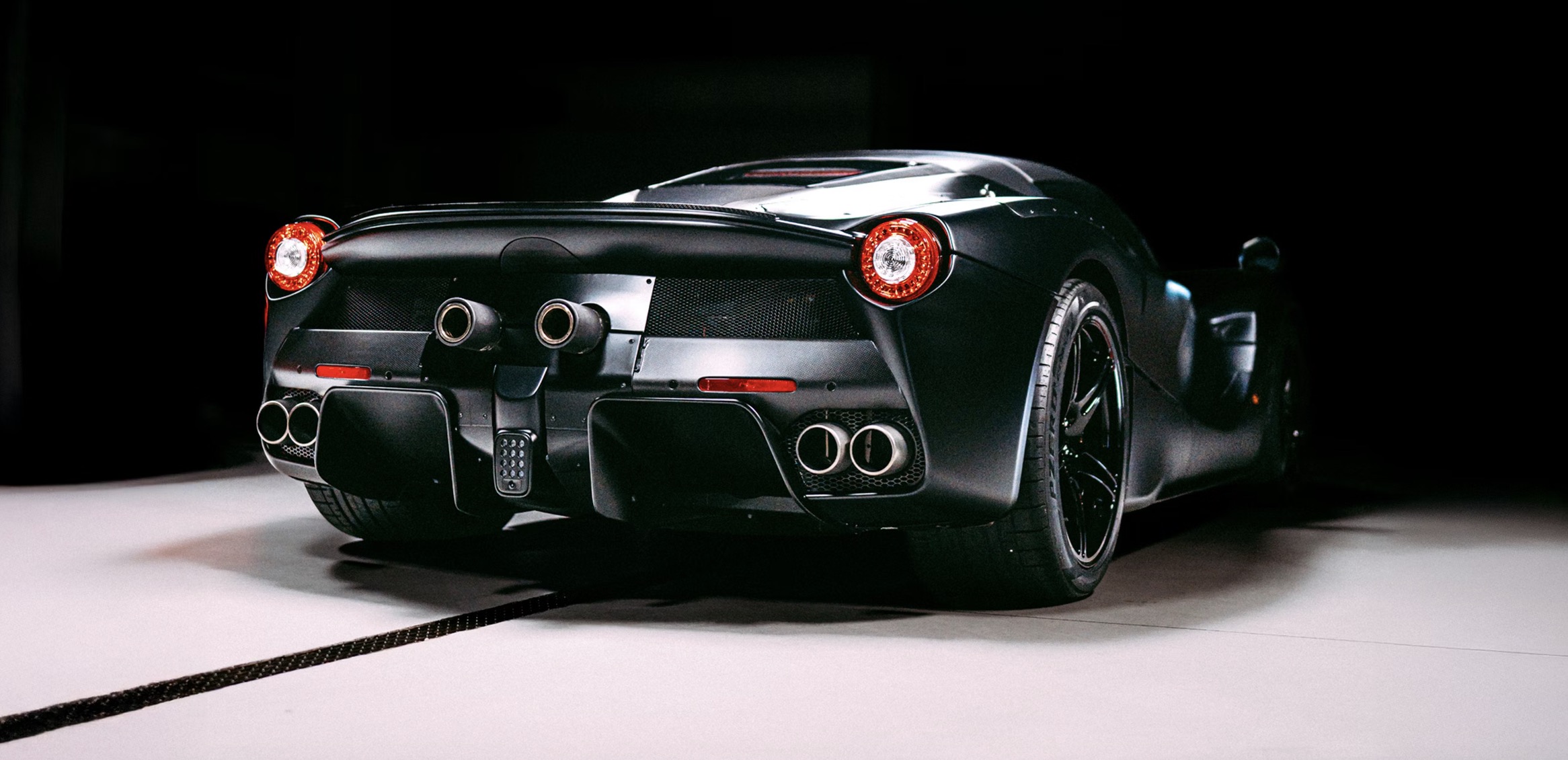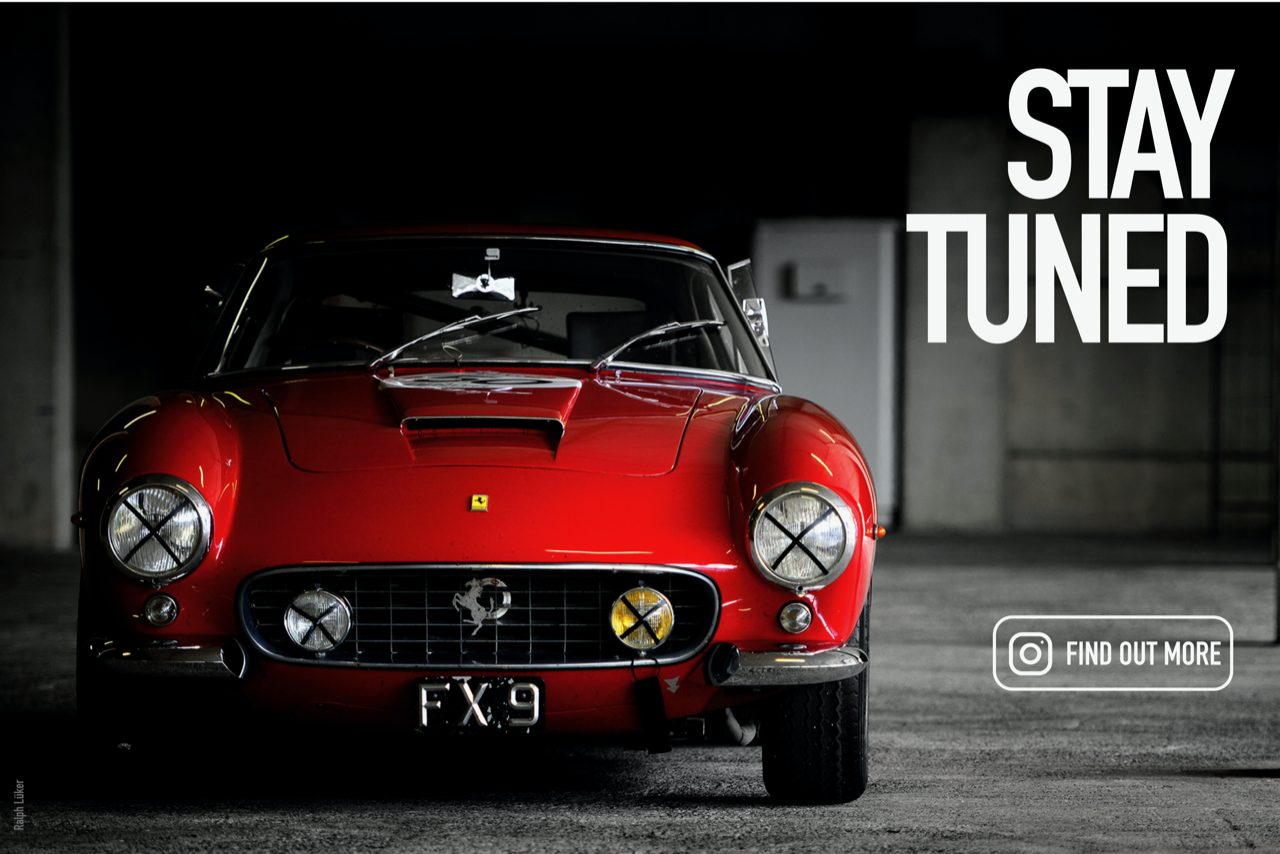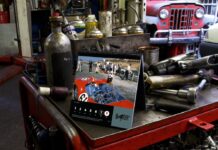The story of every Ferrari involves the development of prototypes – and a small number find their way to dedicated collectors, including this Daytona SP3 ‘mulotype’.

In Ferrari’s earlier days test cars were destroyed during crash testing or simply discarded after helping to bring a new series-production model to life. Today, collectors are taking a growing interest in the factory test car, as the recent sale of this development testbed for the Daytona SP3 attests – a model that sprang from LaFerrari Aperta, which donated its fundamental engineering backbone as part of the development process of the Daytona SP3, as launched in 2021.
Ferrari Special Sales is helping to satisfy a growing demand for prototype vehicles. These are desirable items and non-drivable, non-homologated cars that are very exclusive, extremely limited in number and have a very important pedigree. The Daytona SP3 prototype pictured here is one such exclusive example. Ferrari undertakes four stages of prototype development, starting with the ‘mules’ that bear little or no resemblance to the final model but are used to test key components in a comparable environment. For the Daytona SP3, Ferrari used a 488 GTB that was stretched to host the Daytona SP3’s 12-cylinder engine in place of the usual V8.

Adapted LaFerrari bodywork and unique safety switches of this Daytona SP3 ‘mulotype’ are all part of the story for serious collectors
The second step is the ‘mulotype’. The one shown in the pictures was the third such ‘mulotype’ produced by Ferrari, as indicated by ‘MP3’ on the interior centre console. Idiosyncrasies include ‘mushrooms’ in the cabin, more officially the mandatory red emergency cut-off buttons for non-homologated vehicle systems. Elsewhere, there is adapted LaFerrari Aperta bodywork and the Daytona SP3’s V12 powertrain. Like all ‘mulotypes’, MP3 was used to bring multiple components together, beginning the painstaking process of systems integration and – ultimately – paving the way for the intuitive driving experience for which Ferrari is renowned. The final iterations of prototype development are the non-homologated ‘prototype’ and the fully homologated ‘pre-series’.
Following its service as a development car, ‘MP3’ returned to the test department where it was first created, and underwent exacting refurbishment – including the removal of the black-and-white camouflage wrap to leave the purposeful matt-black paint finish, and a gentle tidy up of any rough-hewn edges and the labyrinthine cables that weaved through its interior, to ensure that the car is safe for the client while keeping the characteristics of the mulotype.

Twin central exhausts test the Daytona SP3 layout – but LaFerrari’s quad outlets remain in place
But the unique provenance of this car remains clear to see – and is confirmed by the factory documentation that details its crucial role in the development of Ferrari’s second ever Icona model. It is this foundational role in vehicle development that collectors are interested in.
Special Sales first began selling prototype models to clients a decade ago, and since then, demand for them has been constantly increasing. These development cars are truly part of Ferrari’s heritage and make clients’ collections even more prestigious and valuable. Yet for this lucky collector, the Daytona SP3 ‘mulotype’ represents more than simply an invaluable piece of Ferrari history – it’s the perfect complement to another recent acquisition: a Daytona SP3 production car.
Report by Ben Barry for ferrari.com










